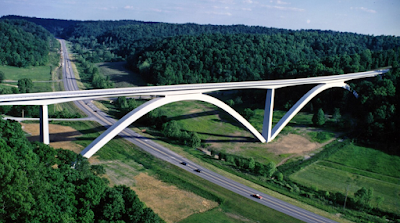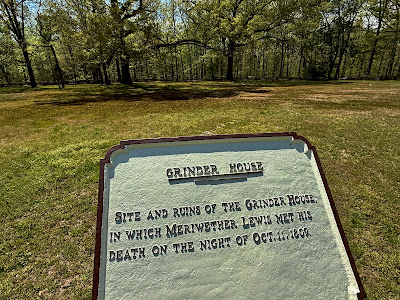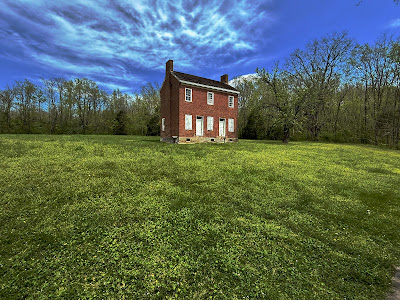The Natchez Trace Parkway is a 444-mile scenic byway stretching from Natchez, Mississippi, to Nashville, Tennessee.This tranquil, two-lane road is free from commercial traffic, traffic lights, and stop signs, offering travelers a peaceful drive through a corridor rich in history and natural beauty.
Originally a network of trails used by Native American tribes such as the Choctaw, Chickasaw, and Natchez, the Trace became a vital route for early American settlers in the late 18th and early 19th centuries . Farmers from the Ohio River Valley, known as "Kaintucks," would transport their goods—agricultural produce, coal, and livestock—down the Ohio and Mississippi rivers to markets in Natchez and New Orleans using flatboats. Since these boats couldn't be navigated upstream, the Kaintucks would sell them for lumber and embark on the arduous journey home on foot or horseback via the Natchez Trace . In January 1812, the steamboat New Orleans arrived in Natchez, Mississippi, marking a new era in river travel.Steamboats quickly became a preferred mode of transportation due to their speed and relative safety compared to overland routes. The Trace became little used and overgrown and started to disappear. In the early 1900s the Dauthters of the American Revolution campaigned to save this historic route.
On the evening of October 10, 1809, Lewis arrived at Grinder’s Stand. In the early hours of October 11, Mrs. Grinder, the innkeeper’s wife, reported hearing gunshots. Lewis was found with gunshot wounds to the head and abdomen and died shortly thereafter . The exact cause of Lewis's death remains a subject of debate. Some contemporaries, including Thomas Jefferson, believed it was suicide, citing Lewis's struggles with depression.
Today, the Meriwether Lewis Death and Burial Site is located at milepost 385.9 on the Natchez Trace Parkway. The site includes a replica of Grinder’s Stand, Lewis’s grave marked by a broken-column monument symbolizing a life cut short.
I am walking in the footsteps of Andrew Jackson.
In January 1813, General Jackson led Tennessee volunteer cavalry down the Natchez Trace to Natchez, Mississippi, as part of preparations against potential British incursions.
There are three campgrounds that are located directly along the Natchez Trace Parkway and are available on a first-come, first-served basis. They are free to use but offer limited amenities—no electricity, showers, or dump stations. I had no problem finding sites at all three even though it was Easter weekend.
Rocky Springs Campground at Milepost 54.8 has 22 sites. No cell service.
Jeff Busby Campground at Milepost 193.1 has 18 sites
Meriwether Lewis Campground at Milepost 385.9 has 32 sites.



















No comments:
Post a Comment